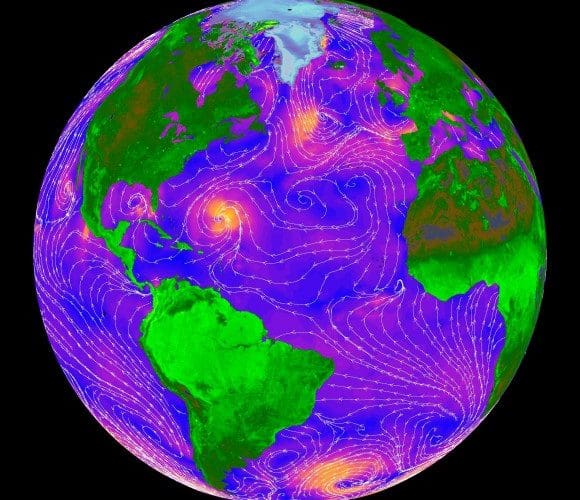Take that, sequestration.
In a sign of the times, NASA is using spare parts from the 1990s to put a new device into orbit that will augment the weather data available to sailors. The ISS-RapidScat will measure ocean surface wind speed and direction, helping to improve forecasts and hurricane monitoring.
The RapidScat – short for rapid scatterometer – will be deployed next year on the International Space Station. It will fill a gap created in 2009 when NASA’s QuikScat satellite failed after 10 years of service.
The cobble-it-together project is expected to cost $26 million instead of the $400 million required to launch a replacement for QuikScat. To help keep the sticker price down, some design compromises were made – RapidScat won’t have radiation-hardened computer chips, for example – but NASA officials say it will work just fine.
“Combined with data from the European ASCAT scatterometer mission, we’ll be able to observe 90 percent of Earth’s surface at least once a day, and in many places several times a day,” said Ernesto Rodríguez, principal investigator for RapidScat at NASA's Jet Propulsion Laboratory in Pasadena, Calif.

